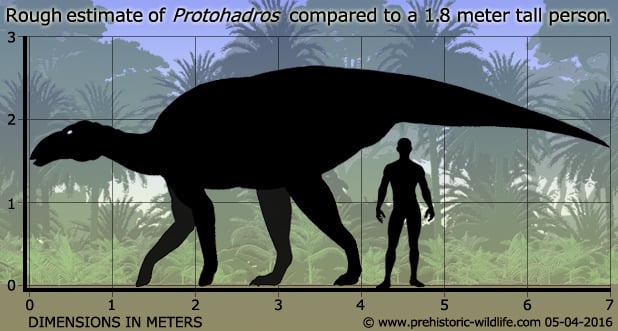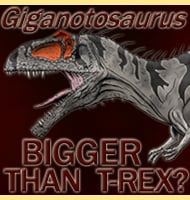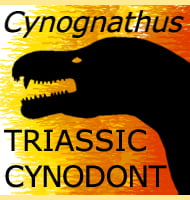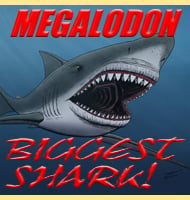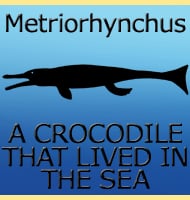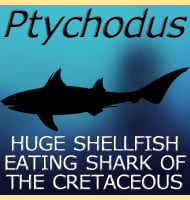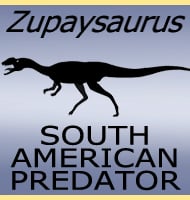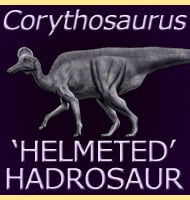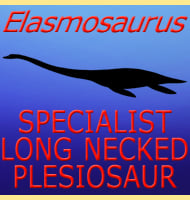In Depth
Protohadros is a genus of medium to large ornithopod dinosaur that lived in North America during the late Cretaceous. Protohadros means ‘first hadrosaur)’, and reflects the idea at the time of its description that the genus may represent the earliest true hadrosaur in North America. However, since Protohadros has been named, several new discoveries have now discredited the idea that Protohadros was the first. Today Protohadros is usually classed as a hadrosauroid (Hadrosauroidea), meaning that while it was similar and a close relative of true hadrosaurid (Hadrosauridae) dinosaurs, it was still too primitive in features to be one.
Protohadros would have been a plant eating dinosaur that mostly walked around on four legs, but could still rear up on just the two hind legs in order to feed on high vegetation, or perhaps run from predators. The main predatory threats to Protohadros would have been predatory dinosaurs such as tyrannosaurs and dromaeosaurs.
Further Reading
- A primitive hadrosaur (Dinosauria: Ornithischia) from the Cenomanian of Texas and its implications for hadrosaurian phylogenetic and biogeographic histories. - Journal of Vertebrate Paleontology 16(3, supplement): 40A. - J. J. Head - 1996. A new species of basal hadrosaurid (Dinosauria, Ornithischia) from the Cenomanian of Texas. - Journal of Vertebrate Paleontology 18(4):718-738 - J. J. Head - 1998.
